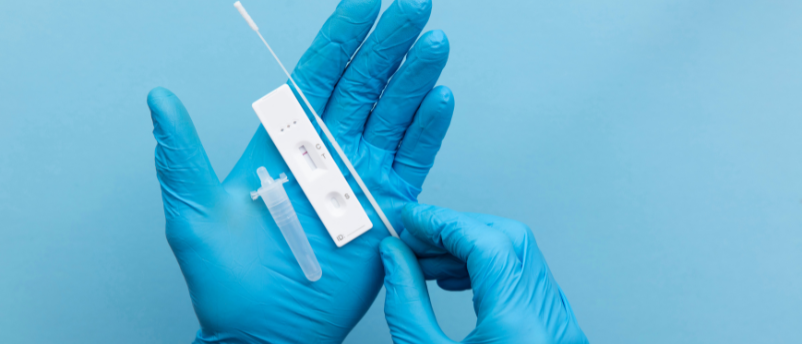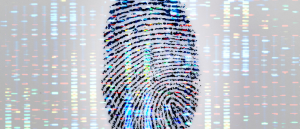
BioTechniques News
Aisha Al-Janabi

A recently discovered CRISPR protein that indiscriminately cuts genetic material could lead to the development of at-home diagnostic tests for a range of infectious diseases.
A collaboration between researchers in Germany and the USA, led by the University of Texas at Austin (TX, USA), has found that CRISPR protein Cas12a2 could be ideal for an inexpensive and sensitive at-home diagnostic test. This could be modified for a range of diseases such as Ebola, Zika, COVID-19 and influenza, according to the researchers.
The nuclease of this protein is capable of degrading single-stranded RNA, single-stranded DNA and double-stranded DNA. The researchers studied Cas12a2’s nuclease activity using cryo-EM and determined its structure at different activation states. They observed that Cas12a2 binds to target RNA, resulting in a portion of the protein swinging out to reveal an active site, which indiscriminately cuts any genetic material that it comes in contact with.
The researchers found that a single point mutation means the active site only degrades single-stranded DNA, which is a useful feature for developing new diagnostic tests.
 Introducing FingerDTA: a new drug discovery framework
Introducing FingerDTA: a new drug discovery framework
FingerDTA is a virtual drug discovery framework that could expedite drug discovery and development research by simulating drug–target binding affinity to identify potential new drugs.
“Cas12a2 basically grabs the two ends of the DNA double helix and bends it really tightly,” said Jack Bravo (University of Texas at Austin), co-first author of this paper. “And so, the helix in the middle pops open, and then this allows this active site to destroy the bits of DNA that become single-stranded. This is what makes Cas12a2 different from all the other DNA-targeting systems.”
The researchers believe that a diagnostic test could be created using Cas12a2, which would combine the high sensitivity, high accuracy and ability to detect an active infection that PCR-based tests provide with the inexpensive and rapid nature of at-home tests. These tests would likely require saliva or nasal swabs that is mixed with the modified Cas12a2 protein, a piece of guide RNA that identifies the virus and a fluorescent probe that lights up when a single-stranded DNA is cut. These diagnostic tests could be easily adapted to new RNA viruses that emerge in the future.
David Taylor (University of Texas at Austin), the co-corresponding author of this study, explained, “if some new virus comes out tomorrow, all you have to do is figure out its genome and then change the guide RNA in your test, and you’d have a test against it.”
The post Cryo-EM of Cas12a2 reveals its potential in versatile at-home diagnostic tests appeared first on BioTechniques.
Full BioTechniques Article here
Powered by WPeMatico
